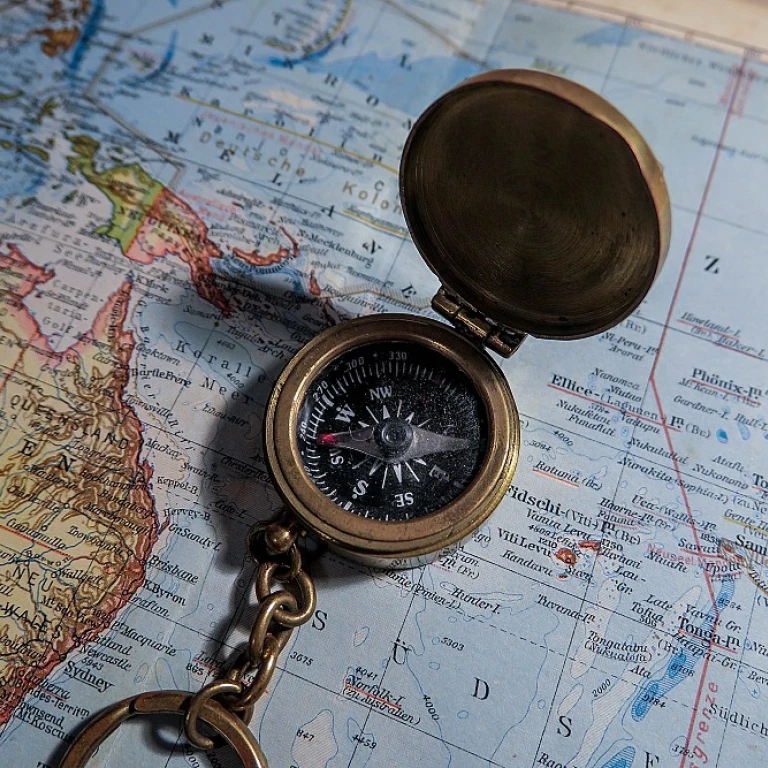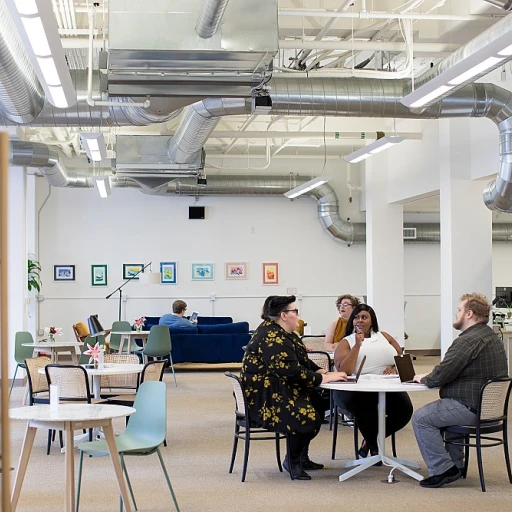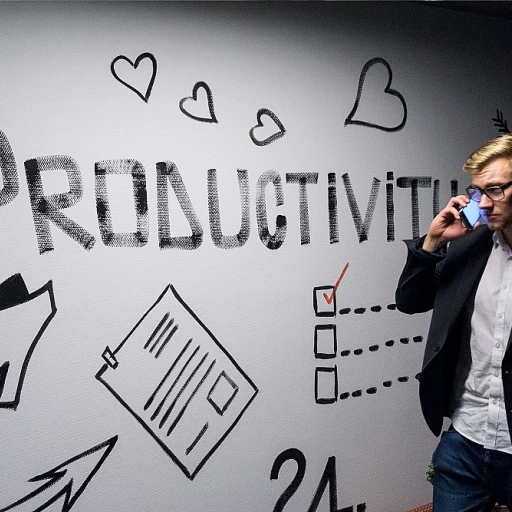
Understanding HRM Forecasting
Demystifying the Essentials of Workforce Planning
The foundation of effective Human Resource Management (HRM) lies in robust workforce planning. At its core, this process involves forecasting the future demand and supply of employees to ensure the right talent is available at the right time to meet business goals. Workforce planning encompasses various aspects such as demand forecasting, data analysis, and strategies for talent acquisition. One cannot emphasize enough the importance of historical data and trend analysis in predicting the future needs of a business. This analysis allows organizations to develop predictive analytics tools that inform staffing strategies. As part of resource planning, companies conduct employee demand and supply forecasting to mitigate talent gaps. This approach helps in creating a balanced workforce capable of meeting organizational objectives. However, it's not just about matching numbers; it's about understanding the current workforce while forecasting potential shifts in the labor market. Through techniques like gap analysis, businesses can identify discrepancies between current and future staffing requirements. By doing so, they can effectively bridge the gap through strategic planning and management. One best practice is continuously revisiting and refining forecasting methods. This includes frequently asked questions on trends and emerging predictive modeling techniques, providing businesses with insights that drive sustainable human resource growth. For those seeking deeper insights, you can learn more about how AI tools bolster effective knowledge management in HR here.The Role of AI in HRM Forecasting
Integrating AI to Elevate Forecasting in HRM
In modern human resource management, the integration of artificial intelligence is proving to be a game-changer. AI enhances forecasting by analyzing vast amounts of data with unprecedented speed and accuracy, which helps HRM professionals make informed decisions about their workforce. The inclusion of AI in workforce forecasting allows organizations to better interpret both historical and real-time data, paving the way for future staffing strategies that align with business goals.
Central to AI-driven HRM forecasting is the use of predictive analytics. By leveraging algorithms and machine learning, AI tools can detect patterns and trends that might not be immediately recognizable to human analysts. This capability is crucial in supply and demand forecasting, enabling HR to anticipate talent needs and prevent potential skill gaps. Through these advanced forecasting methods, AI can support organizations in optimizing talent acquisition and maximizing employee efficiency.
AI also simplifies gap analysis by providing deeper insights into the current workforce and identifying areas that require skill enhancement or recruitment. By doing so, companies can not only improve their workforce planning but also ensure that their talent pool is well-matched to the company's requirements and market demands.
The implementation of AI in HRM also touches on frequently discussed challenges and concerns regarding employee data privacy and the need for ethical AI practices. Employing best practices in AI deployment can address these concerns, ensuring that the transition to AI-enhanced HRM is both effective and responsible.
For more insights on utilizing innovative technology such as AI in human resources, check out our in-depth exploration on the potential of HCM knowledge base APIs in HR. These resources further demonstrate the substantial benefits AI offers in refining human resource strategies and operations.
Benefits of AI-Driven HRM Forecasting
Leveraging AI for Enhanced Workforce Planning
Businesses today are navigating the complexities of workforce planning by incorporating AI-driven techniques for more accurate demand forecasting. With AI, organizations can analyze vast amounts of historical data, identify patterns, and predict future trends effectively, enhancing their talent acquisition strategies.
AI-powered workforce forecasting enables companies to anticipate employee demand and supply fluctuations. This predictive analytics approach aids in aligning business goals with talent management initiatives, ensuring that HR strategies are proactive rather than reactive. By analyzing current workforce data and competitive trends, AI tools provide a comprehensive view that aids in resource allocation and future staffing decisions.
One of the primary benefits of incorporating AI in human resource forecasting lies in its ability to swiftly process and interpret complex datasets, which traditionally required extensive time and human effort. AI’s data-driven insights help HR professionals perform accurate gap analysis, enabling effective planning for talent shortages or surpluses. Through advanced forecasting techniques, organizations can develop robust strategies for employee deployment and retention.
Predictive analytics has transformed human resource management by offering insights that support strategic decision-making. Companies are increasingly leveraging AI to refine their workforce planning processes, resulting in optimized staffing levels and improved employee satisfaction. For more on ensuring ethical and fair AI implementation in HR, explore this insightful guide.
Challenges in Implementing AI for HRM
Overcoming Implementation Challenges in AI-driven HRM Forecasting
Artificial intelligence has revolutionized the way human resources manage workforce planning and forecasting, offering unparalleled insights through data analysis. However, implementing AI for HRM is not without its challenges. Here are some of the principal hurdles that organizations may face:- Data Quality and Integration: To forecast accurately, AI solutions require vast sets of high-quality data. Inconsistent or outdated human resource data can lead to inaccurate demand forecasting. Therefore, it’s crucial for companies to integrate clean, structured data across different business systems to ensure effective AI analysis.
- Organizational Change Management: Introducing AI into HRM forecasting demands a shift in workforce culture. Employees and management must be educated on AI technologies and processes to embrace the transformation. Change management strategies are essential for ensuring smooth adoption and minimizing disruption.
- Privacy and Ethical Concerns: With AI leveraging significant amounts of employee data, organizations must navigate privacy regulations and ethical considerations. Establishing clear policies and maintaining transparency with employees regarding data usage can mitigate privacy concerns while fostering trust.
- Implementation Costs: The initial investment for AI systems can be substantial, including costs related to technology, talent acquisition, and training. Companies must evaluate their business goals to align AI adoption with their long-term strategies and budget constraints.
- Complexity of AI Solutions: AI tools can be complex, necessitating expertise in predictive analytics and machine learning. This requires organizations to ensure that their human resource teams are trained or hiring skilled professionals who can manage and interpret AI-generated insights effectively.
Case Studies: AI Success Stories in HRM
Proven Examples of AI's Impact in HRM
Businesses worldwide are increasingly leveraging AI for workforce planning. By integrating advanced technology into HR processes, organizations can achieve more accurate forecasting. Let's examine some successful implementations of AI in human resource management.- Advanced Talent Acquisition: An organization, focusing on enhancing its talent acquisition strategies, implemented AI-enabled predictive analytics. This allowed them to analyze historical data and assess future demand effectively. The result was a streamlined approach to identifying potential talent gaps, significantly reducing time-to-hire.
- Workforce Management in Global Corporations: A multinational corporation used AI for workforce forecasting, focusing on supply forecasting and demand forecasting simultaneously. By aligning their analytics with business goals, they optimized their staffing levels across various regions. This strategic move resulted in reduced staffing costs and improved employee management.
- Automating Resource Allocation: Another notable case involved automating resource allocation through AI-driven analysis. By considering current workforce dynamics and using cutting-edge forecasting techniques, they managed to predict future staffing needs more accurately. This proactive approach facilitated a smoother workflow and enhanced overall productivity.












